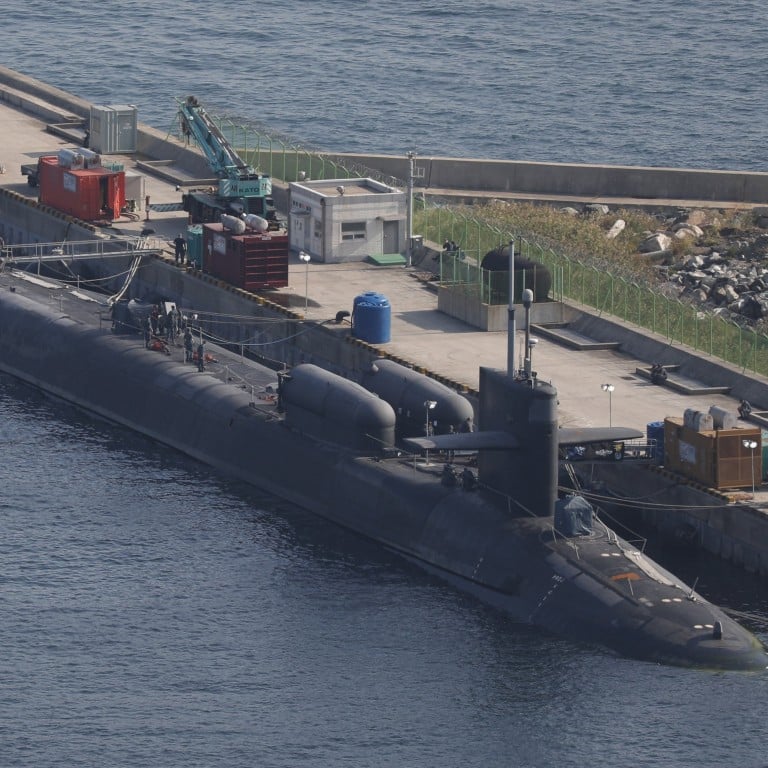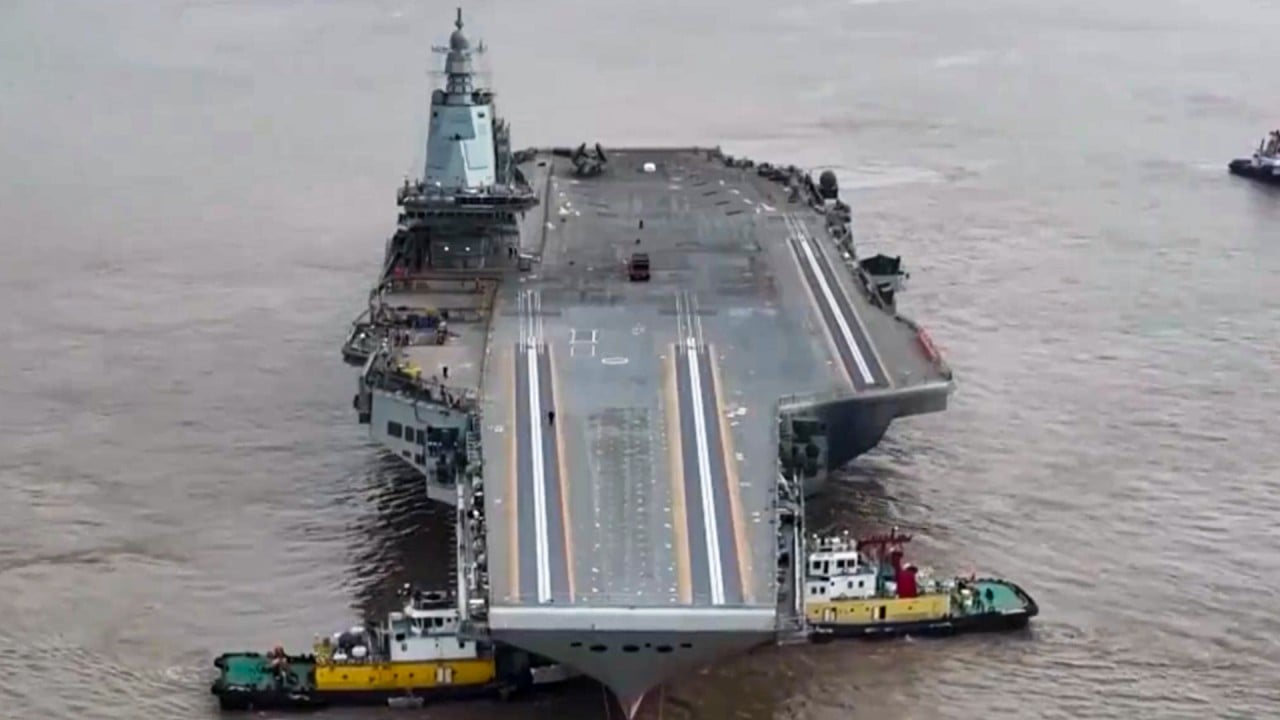
Delivery of US navy’s new ICBM submarine delayed by more than a year
- The first of the Columbia class’s 12 submarines was contractually set to be delivered in October 2027
- The delay is another setback for the project in the face of major Chinese improvements
The US navy is pushing back the estimated first delivery of its next-generation nuclear-armed submarine by 12-16 months, the most significant schedule slip to date for the service’s top acquisition programme.
The navy disclosed the delays in the Columbia-class submarine programme in a new shipbuilding review that was announced on Tuesday.
The first of the Columbia class’s 12 subs, all of which will carry intercontinental ballistic missiles, was contractually set to be delivered in October 2027. It’s another setback for the programme, which is seen as a crucial replacement to the ageing Ohio-class ICBM fleet.
Last year, the Congressional Budget Office estimated that the cost of the programme would reach about US$120 billion, or 20 per cent over initial estimates. The submarines are being built by General Dynamics Corp. and HII.
More broadly, the projected submarine delay when combined with new cost growth projections for the Northrop Grumman Corp. ground-based Sentinel ICBM and a first flight delay is likely to raise more complaints among arms control advocates that the US multibillion-dollar nuclear modernisation effort is floundering in the face of major Chinese improvements.
Chinese scientists uncover ‘new solution’ to potentially track US submarines
Even before the delay, the programme had little margin for error to meet the contractual schedule deadline set by the navy. That would see the Columbia to deploy in 2031.
“A delay of that length would make it more likely for the navy to implement its backup plan to extend the service lives of up to five Ohio-class by a little bit,” said Ronald O’Rourke, naval analyst for the Congressional Research Service. “There would be some cost for doing those service life extensions.”
The vessel’s new projected delay cannot be attributed to one factor or a new technical issue, navy officials told reporters on Tuesday. Instead, the delays are “related to the whole of the ship,” in terms of assembling its modules correctly, “getting them all buttoned up,” said navy assistant secretary for acquisition Nickolas Guertin.
And although some components are late, the projected delays do not appear related to technology performance issue, said Naval Sea Systems Command head vice-admiral Jim Downey.
At least one key lawmaker questions the depth and breadth of the review and vowed a deep examination.
“The review shows some of the metrics sought” by Navy Secretary Carlos Del Toro on “the impact of Covid on production cadence,” said Representative Joe Courtney of Connecticut, the top Democrat on the House Armed Services sea power subcommittee.
Still, “the review lacks specifics on the source of programme delays on both the Columbia and Virginia programmes, which Congress needs in order to determine the path forward,” Courtney said in a statement. In addition to the Columbia delay, the review projects delivery delays of 24 to 36 months with Virginia-class submarines.
“A review focused on pandemic delays alone begs the question on how to best recover delivery of critically needed platforms,” he said.


